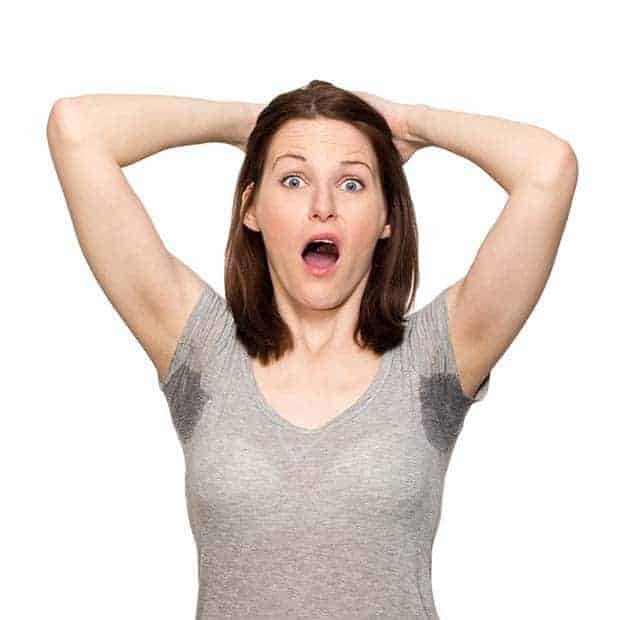Arrange a Consultation
Free to talk now? One of our friendly ZEN advisors will contact you to answer any questions straight away and to arrange your consultation, or you can choose a time for a call back later.
- Qualified medical experts
- Rated Excellent by our clients
- Appointments available seven days a week


